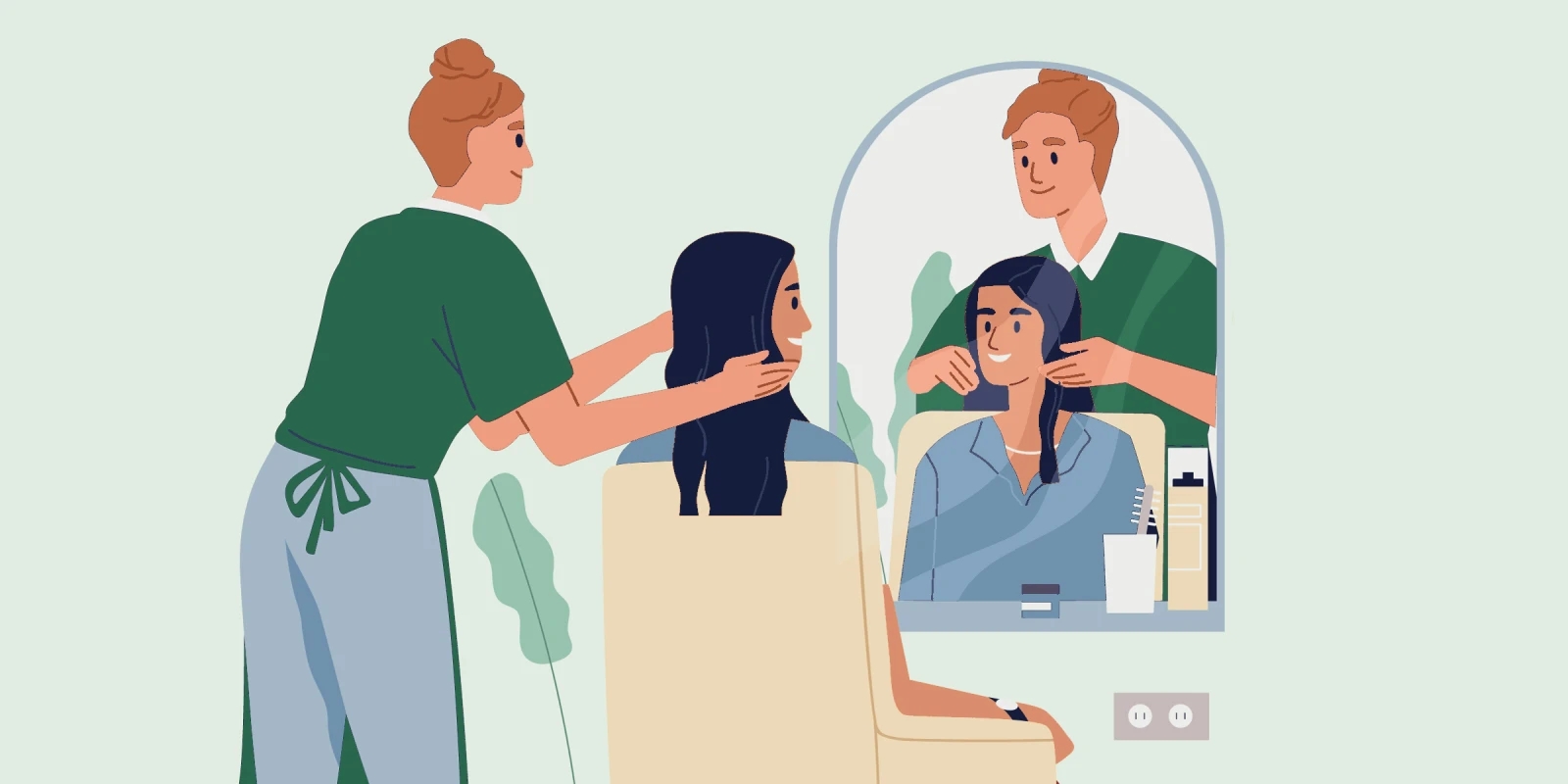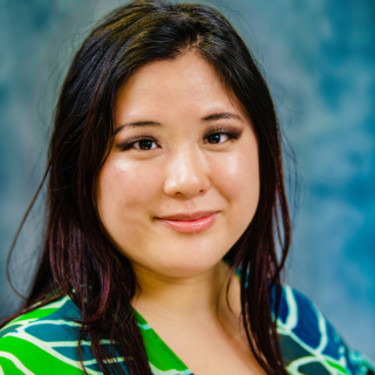“When is the hairdresser arriving?” the patient asked eagerly, as one would inquire about dessert to go with lunch.
“She is on her way, Mom,” her son offered as he held back tears, signaling toward the window leading to the main road. The hospital window was a source of light — and it was also a source of hope that connected this dying patient to the outside world.
The room felt tense. Our patient’s family at the bedside was still processing that their beloved wife and mother had elected to discontinue her life-sustaining treatment. Today would be their final day together. There had been a clear sense of gravity in that hospital room, but with her question a sense of levity swept over the family. Finally, an aspect of her care that they could control. Progress toward the inevitable had been halted by the patient’s medical team to accommodate the arrival of her personal hairdresser. After all, there would be no rescheduling this appointment for another day.
It was clear that the patient had visualized what this moment would look like. Throughout my time as one of her palliative care clinicians, I sensed a radiance about her. In our conversations with her family, her sons raved about how loving and distinguished she was; how she was always put together. Like many immigrants who settled in America to build a better life, this patient embraced her life here while still maintaining her southeast Asian culture: as a final homage to her roots, her hospital-issued diamond-patterned gown would soon be replaced with an intricately detailed sari and her hair would soon be perfectly coiffed as she drew in her last breath.
By honoring this simple request for a hairdresser, the medical teams who were juggling multiple patients didn’t improve efficiency, but identified an important element of end-of-life care: Letting the patient be the “true” version of themselves, as they defined it.
In my experience, it is common for patients to have specific grooming requests. These granular details are important, as these requests and services help to reclaim a piece of a patient’s identity in the sea of beeping monitors and endless procession of clinicians. I do sometimes wonder whether patients feel bashful asking their clinicians about getting a haircut or manicure in the setting of terminal cancer or chronic disease, as though how dare they make such a frivolous request in the face of their own mortality. Instead of the request being seen as self-care, patients may fear perception of the request as vanity. And for other patients, the idea of asking about grooming may not even cross their mind, as concerns about appearance and self-esteem have not been treated as a priority in their hospital experience.
Nevertheless, these seemingly “frivolous” details are important, as they help restore dignity to the dying process. I still recall a patient who every day of her life had a full face of makeup, even in the hospital. She wanted to look presentable, and her self-esteem was part of her healing. When patients request things like makeup or grooming tools, and prioritize what some might think of as bizarre or unnecessary, they are asserting agency over their own life — and death — experience; they are reclaiming autonomy, even when the outcome inevitably remains the same. In short, they are embracing their own values, medically related or seemingly not. It seems to me that helping them to do so should become standard of care (or standard of “hair”).
When caring for these patients, I think back to something our hospital chaplain once told me: that when we think about our children, our job is not to protect them from suffering, but to help them navigate suffering. It may not be the case that a patient would like a beard trim or nail filing when you offer, but like an invitation to a birthday party that you cannot attend, it sure feels comforting to feel seen.
Ultimately, offering patients this “standard of hair” is easier said than done. It’s true a discussion with a clinician about coordination of a haircut in the hospital does not necessarily take precedence over coordination of a delivery of a hospital bed home — but it’s still something I believe is worth making time for.
My proposal is to approach this in a systematic way. Just as in our care assessment and plan we carve space for each patient’s medical conditions, so too can we think about grooming, hair, and special requests as items to screen during our intake. Like a PHQ-9, enacting an aptly named (perhaps CARE-4U?) pre-admission screen could focus on these aspects of care patients prioritize that would otherwise fall through the cracks. Beyond a mental checklist and verbal confirmation for the patient, there is power in seeing something printed in text. For a patient to know their request to be linked to grooming services is not in a sidebar hidden away, but rather integrated as part of their tailored written care plan, both normalizes the request and validates their experience.
I will never know if our patient whose hairdresser came that day died feeling more at peace having been able to undergo her preferred rituals prior to her death. But I feel a sense of ease knowing that within our interdisciplinary team, we tried to prioritize what mattered most in that moment and honored her wishes — the extension of who she was.
What grooming requests have you received from patients? Share in the comments!
Dr. Helen Chen is an integrated Geriatrics and Hospice and Palliative Care Fellow in New York City. She is a food lover and is always on the look out for the best bahn mi, falafel, and tacos (although is allergic to red onion and avocado!). Her instagram is @gouda_vs_evoo. Dr. Chen is a 2023–2024 Doximity Op-Med Fellow.
Image by GoodStudio / Shutterstock







